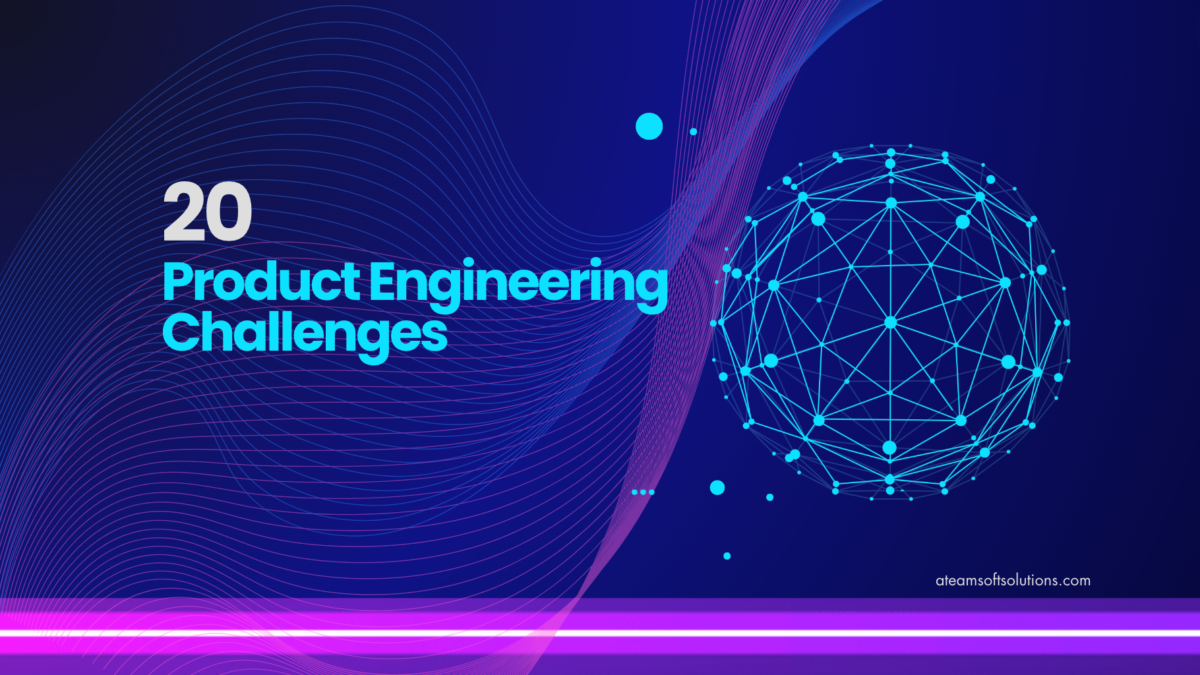
Product engineering is a continuous and inevitable process in any business, which has to continuously adapt and improve to maintain competitiveness. However, it is an area that has been found to have many obstacles that can be encountered by even the most successful firms. Mitigating these product engineering challenges is a necessity, especially with the global product engineering service market, which is estimated to reach USD 1002. Six billion this year, which is expected to grow by 8% CAGR. 8%.
It is, therefore, vital for you, as a product manager, to understand the difficulties that are most likely to occur while implementing product engineering to ensure you are adequately prepared. In the following subtopic, we explore twenty crucial issues in product engineering, where each of them is discussed elaborately, along with corresponding solutions to tackle such problems. Join us in examining how Ateamsoft Solutions can help overcome these product engineering challenges and turn them into strengths.
It can be both exciting and scary to get lost in the world of product building. Engineers face many problems that test their ability to think creatively and stay strong. Here, we look at the top 20 issues in product engineering to show you how these problems affect new ideas and progress in the field.
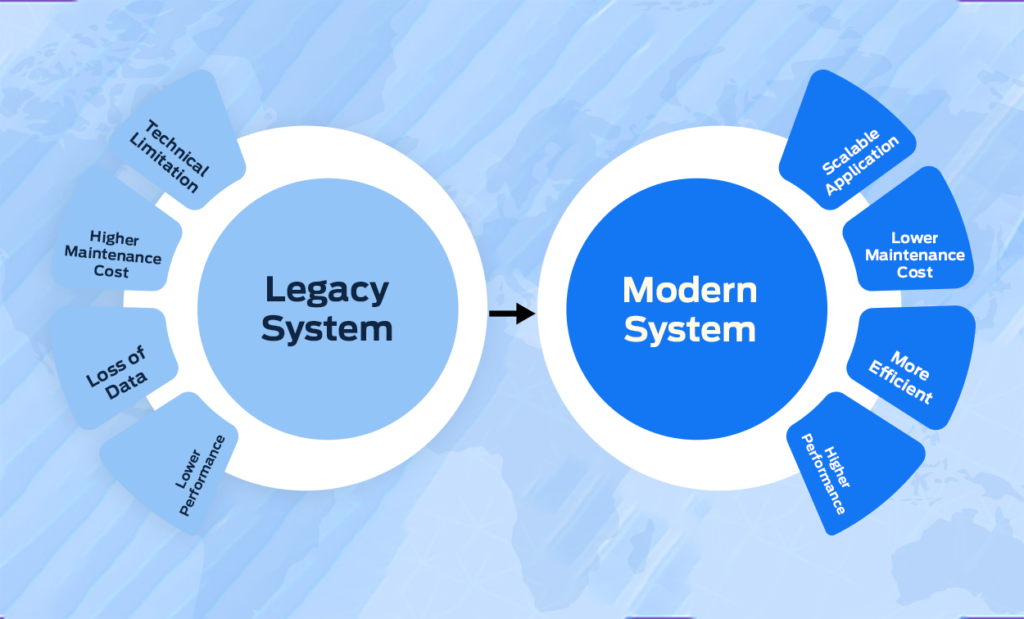
Moving from a legacy system is one of the most important key steps that can be undertaken when a company tries to upgrade itself and align with the trends in the business world. However, this process enforces the adoption of new technologies, procedures, and workflow that should integrate into the existing structures. The first one is data consistency, which is the capability of ensuring that all the processed information meets statutory requirements and the system is protected from unauthorized access during migration. These include legacy systems, which were developed based on older technology platforms and are typically found to have a closer connection with different business processes. As the process involves multiple tasks running at the same time, any disruption during migration is likely to lead to serious issues affecting business operations, not to mention loss of data. Product engineering challenges related to legacy systems are significant.
Over the years, legacy systems have been proven to be successful, but they have certain limitations. They are rigid and expensive to maintain, which kills innovation in their use. Over a period of time, these systems become cumbersome to maintain and protect, and they are exposed to a variety of cyber risks. The failure to adapt to the new technologies only deepens these challenges, placing businesses in a disadvantageous position. Businesses that operate with outdated systems face difficulty in expanding their business and addressing the new and evolving requirements of consumers, making them lose potential and fail to generate high revenues. Product engineering challenges related to outdated systems continue to impede progress.
Ateamsoft Solutions supports clients with end-to-end digital product engineering services to ensure a fast transition from traditional systems. We evaluate the level of technical debt and define the risks and/or benefits associated with migrating. So, instead of running into areas like cybersecurity or compliance issues during migration, we can define and design our migration strategy based on critical functionalities, and we are more likely to minimize disruptions during the migration process. Given that mainframe DNA is all about efficiency, scalability, and reliability, coupling it with a cloud-based mainframe offers you the perks of modern architecture while retaining useful legacy data and business logic. Overcoming these product engineering challenges is essential for modern businesses.
There is no doubt that having a competent tech partner with the right skills and experience is paramount to delivering successful product engineering. This involves assessing their knowledge and comprehension of programming languages, product development life cycles, and good tool and framework selection. Furthermore, your partner should be familiar with the agile approach and testing and quality assurance frameworks. This makes it difficult for these organizations to conduct a comprehensive analysis of these capabilities in order to select the right vendors without compromising on quality. Product engineering challenges in validating expertise are significant.
Inadequate experience creates a wide range of ramifications. It can produce flawed software, insecure software, and software that is hard to extend or expand as the need arises. Lack of technical know-how makes the product development process take longer, becomes expensive, and finally produces a product that does not fit the market standards and customers’ demands. Some businesses may be left with repairing problems or even reconstructing the features of the software over and over again, which may take more time and money. Product engineering challenges related to expertise can be costly.
This way, Ateamsoft Solutions safeguards the absolute level of professionals by providing an opportunity for clients to interview technical specialists, review their codes, and check their certificates. Our engineers have detailed technical know-how that helps them implement the best practices of project management and high-level quality assurance to create leading digital products. Such social proof as testimonials and case studies also strengthen our competence and sound project experiences. Addressing these product engineering challenges is crucial for quality outcomes.
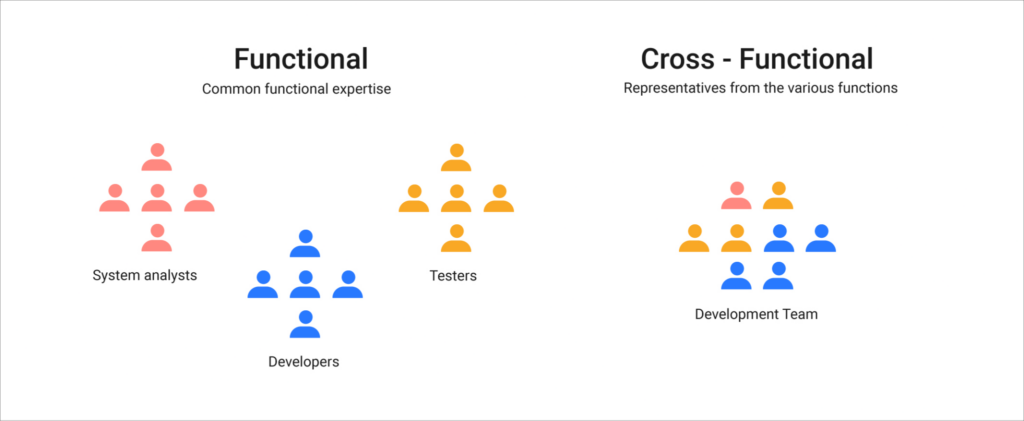
Inter-organizational relationships play a crucial role in supporting productive product development. It, therefore, entails agile collaboration and integration of various functions like design, product development, and testing. The key issue is to overcome organizational barriers that prevent a new innovative approach and change the organizational culture to make the organizational structure more team-oriented. This involves bringing certain aspects into perspective, such as defining roles and tasks, encouraging discussions, and encompassing the use of tools. Product engineering challenges related to collaboration are common.
The general problem is that various groups can have different goals and fail to coordinate their efforts, leading to ineffective transfer of service to the users. When teams operate in a silo, then it is difficult to account for aspects pertaining to customer requirements and the goals of the business firm. This leads to mid-coordination of activities, time and cost overruns, and the product not meeting the market requirement as desired. Product engineering challenges in team collaboration need addressing.
Ateamsoft Solutions has adopted DevOPS as a way of encouraging efficient teamwork in the project. We employ professionals in development, design, and business analysis to provide consolidated bodies of interdisciplinary knowledge. By engaging in the use of tools such as Jira, Slack, and Trello, we are in a position to make sure that the team is on the same page in producing the projects on time and also within a given budget. This approach helps in overcoming product engineering challenges related to cross-functional collaboration.
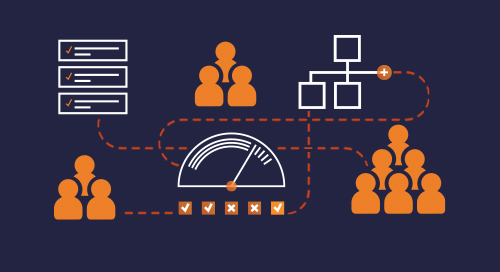
Product development is the coordination of a large number of related activities and resources with multiple timing and budget constraints alongside the need for quality, scalability, and reliability. It gets worse with the introduction of new technologies and the requirement of maintaining system interoperability. The dilemma here lies in managing these factors efficiently to bring the right product to the market as planned. Product engineering challenges in managing complexities are vast.
Sustained and overlapping product development processes make projects slow and costly, and may demoralize the team causing poor quality work. If not well handled, these complexities lead to a product that is not scalable, incompletely built or one that won’t meet the customer’s expectation. They pointed out that this mismanagement of resources hinders the operation of the business hence its lack of competitiveness in the market. Product engineering challenges related to development complexities are a concern.
In an attempt to mitigate these product engineering challenges, Ateamsoft Solutions employs current trends in product development to assist. Here are the features of our service: determining development objectives, agile project management, and applying profitable tools and frameworks. In our approach, we have stressed testing throughout the development phase with a view to reducing end-product complications. Stakeholders’ cooperation is critical to project success. Management of stakeholders’ relations is critical to the success of the project. Addressing product engineering challenges effectively leads to better project outcomes.
A product’s quality should be ensured right from the design phase up to the delivery phase to meet customer expectations and organizational objectives. This entails quality assurance procedures that include high levels of testing, defect detection and correction, as well as constant surveillance. The challenge that arises is how to put and maintain these practices in place in a way that would guarantee that the product is always the best. Product engineering challenges in maintaining quality are pervasive.
This results in lower user satisfaction, poor reviews, and reduced revenues because users care about the quality of products they use. It affects the brand image and lowers customer patronage, which is unhelpful in attaining sustainable business viability. This is because quality issues lead to higher support and maintenance costs, hence reducing the company’s profitability. Addressing product engineering challenges related to quality is vital for business success.
Ateamsoft Solutions also uses a rigorous approach to quality assurance to ensure that the products are of high quality. The team of quality assurance is full of experienced specialists who use automation, change management processes, and testing tools for defects recognition and elimination. Quality control and constant testing and checking help avoid such issues affecting the quality of the final product that is delivered to the customer. Addressing product engineering challenges ensures high product standards.
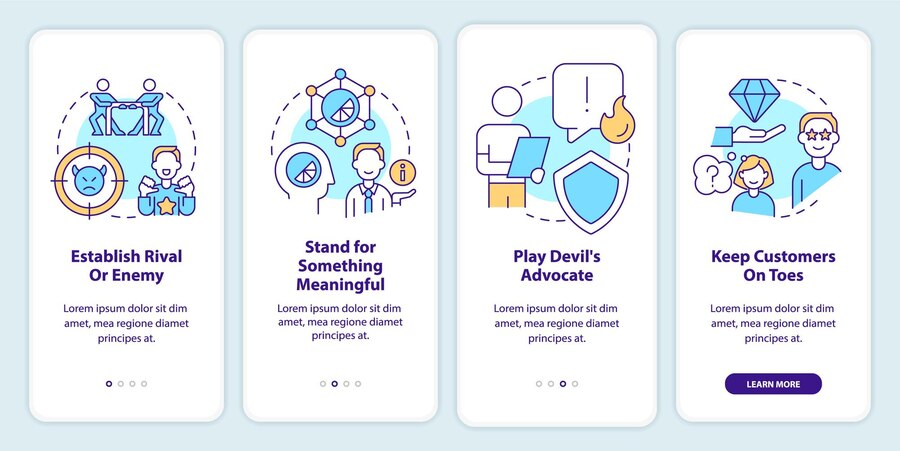
Designing a user-friendly interface that will satisfy the users’ expectation and at the same time having a good navigational design is a major task. This involves defining the beauty and usability of the interface, the ability to comprehend the user’s requirements, and creating an interface that is friendly and easy to use. This balance is essential for enhancing the usability and, therefore, the customers’ satisfaction and loyalty. Product engineering challenges in UI/UX design are significant.
That is why a low-quality UI/UX causes user dissatisfaction and subsequent exclusion, which impacts customer loyalty. On the other hand, a good interface helps improve the use of the product, thus improving satisfaction, interaction, and loyalty in the long run. UI/UX design is critical in the current world as it helps in differentiating your product from your competitors. Overcoming product engineering challenges in design is crucial.
Ateamsoft Solutions focuses on the beauty of UI/UX through research, prototyping, and testing. At our company, our skilled UI/UX designers consult with clients regarding user requirements and then design interfaces with easy-to-use features and navigation. This makes it easier for us to maintain a unified design throughout the platforms to offer the best user experience. Addressing product engineering challenges in UI/UX design enhances customer satisfaction.

Ensuring that the developed product conforms to a number of standards and regulations including those privacy (GDPR), accessibility (WCAG), and industry specific (HIPAA, PCI DSS) is imperative. However, the problem is to achieve compliance throughout the lifecycle in order to avoid legal repercussions and to maintain the customer’s confidence. Product engineering challenges arise in ensuring continuous adherence to these regulations.
This results in legal consequences, tarnishing of reputation, and, of course, further monetary losses. This hurts customer relations and their perception of the brand, thus, business profitability in the long run. These risks are well known, and it is important to stay compliant in order to minimize them and keep a good standing in the market.
Ateamsoft Solutions assists clients in tackling compliance and regulatory compliance issues through the proper design and development of rules. We have a team comprising of professionals who know different compliance laws, and this means we deliver products that are compliant and meet certain industry standards, for example, GDPR, HIPAA, PCI DSS, and WCAG. Addressing product engineering challenges related to compliance is our forte.
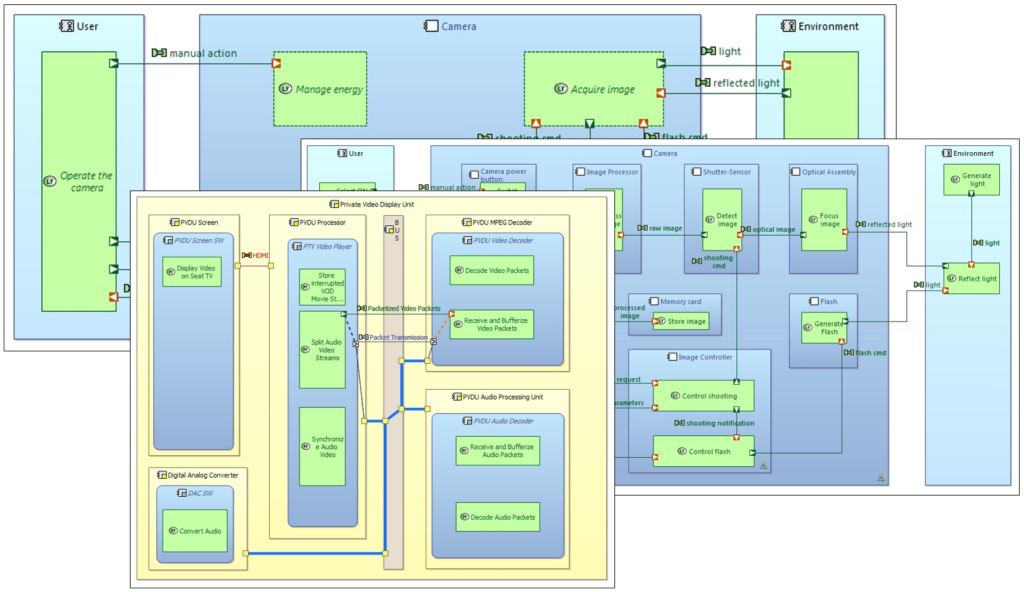
Being able to create a product architectural solution that can cater to the current and future requirements of the business is one of the significant steps in product engineering. The issue arises in the selection of the right architecture to overcome problems related to performance, long time taken in the product development process, and expensive redesigned works. Product engineering challenges in this area include ensuring scalability, maintainability, and performance of the architecture.
The inability to align the architecture of the design solution to the target system leads to the deterioration of the system in terms of performance, scalability, and maintainability. It raises the expenses involved in developing a product or a service and is also time-consuming, and in the process, it hinders business operations and customer satisfaction. Strong architecture is a must for developing quality complex software that can easily evolve to meet changing organizational requirements.
Ateamsoft Solutions offers insights to help the organization design stable product architectures. They include architects, engineers, and other professional staff, all committed to listening to client’s needs and developing clear, efficient, effective, and adaptable architectures. Applying the principles learned in software engineering, we develop high-quality digital products that are less prone to have technical debts while at the same time maximizing the returns. Overcoming product engineering challenges related to architecture is a key focus.
Employment of the right team of employees with the right caliber and experience is very important in product development. The problem is to maintain the correct composition of the team that will not allow slow velocity, quality problems, and other delays. Product engineering challenges include creating a professional multicultural, dedicated, and team-oriented team to successfully execute projects.
Lack of resources in a team is disadvantageous in terms of time, schedule, and quality of the final product. It brings additional costs to product development and increases the probability of failure, affecting business outcomes and customer satisfaction. Selecting appropriately skilled and motivated people is one of the most crucial factors for creating good products on time and at the appropriate cost.
Ateamsoft Solutions is well-equipped with efficient and fully devoted developers who can join the team and contribute to creating successful products. The recruitment process guarantees the development of a diverse staff with technical skills, good interpersonal communication, and leadership qualities. Such a strategy helps in the reduction of costs and time, while putting the right people in the right projects. Addressing product engineering challenges related to team composition is crucial for project success.
Activities for improving processes include the establishment of goals and scopes, determination of communications and workflows, identification of threats, and utilization of relevant tools and methods. Workflow management is crucial in enhancing the organization’s efficiency and the quality of work that is delivered to the market. Product engineering challenges often revolve around optimizing workflow management to ensure efficiency.
Weak management of a work flow leads to a diminishing of efficiency, to inefficiencies, and to conflicts in the field of design. Due to the delay in delivering a product, the quality is compromised and this subsequently damages the customer relations and organizational performance. Efficiency of the processes is one of the key factors that allows timely completion of work and the release of high-quality products.
Ateamsoft Solutions assists companies to establish efficient processes of communication by setting goals, optimizing the system, and employing methods of agility. We offer project tracking, reporting on progress, and resolution of problems and challenges, with an emphasis on collaborating to produce quality products on time. This approach leads to improvement of productivity, reduction in product development period and shorter time to the market. Navigating product engineering challenges related to workflow management is one of our core strengths.

As for keeping abreast with the progressive change in technology, one is required to pay attention to currently trending technologies, frameworks, or tools. It involves prospects for acquiring new technologies, upgrading old systems, and applying state-of-the-art standards. Adapting to technological advances is critical in ensuring that an organization sustains competitiveness and innovation. Product engineering challenges include integrating new technologies seamlessly.
Neglecting technology contributes to outdated technologies, low competitiveness, and untapped markets. It impacts the ability to innovate and satisfy the customers and, by extension, the strategic success of the business. Adapting to such changes requires the use of technology since customer needs are dynamic and close rivalry is always present.
Ateamsoft Solutions believes in working hard to learn and prepare for new technologies, frameworks, and new approaches. The engineering teams always adapt to the ever-advancing technological industries to give the best technology solutions in project implementations. Applying innovation technologies which include AI, ML, NLP, and blockchain into product development improves process effectiveness and product quality. Addressing product engineering challenges through technological advancements is our commitment.
Ensuring that users’ data is protected from access, misuse, or theft requires creating secure methods of storage and transfer of information, adhering to legal standards and policy, and educating employees regarding the data. The issue here is how to effectively and sustainably integrate data privacy measures that would help avoid legal and image problems at the product development stage. Product engineering challenges related to data privacy are critical to address.
Leakage of customer information brings legal repercussions along with damaging the company’s image and losing customer confidence, which in turn impacts the company’s financial status. Lack of data privacy also affects the business organization’s image and reduces the clients’ loyalty, hence causing long-term business failure. This helps protect the customers’ data and ensures that the company adheres to the laws on data privacy.
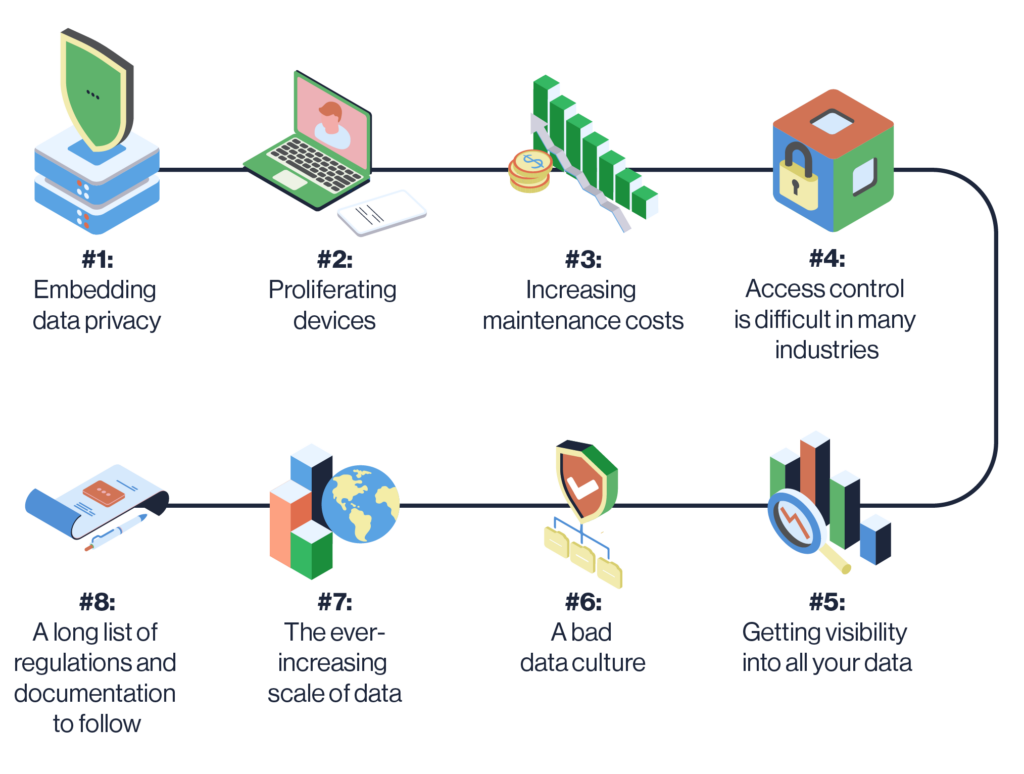
Ateamsoft Solutions safeguards customers’ data rights by adopting proper security measures and adhering to regulations like GDPR and CCPA. We systematically carry out security checks, educate the staff, and adapt to the new data privacy risks; we preserve the users’ data and save the clients from potential legal and image penalties. Overcoming product engineering challenges related to data privacy is a priority for us.
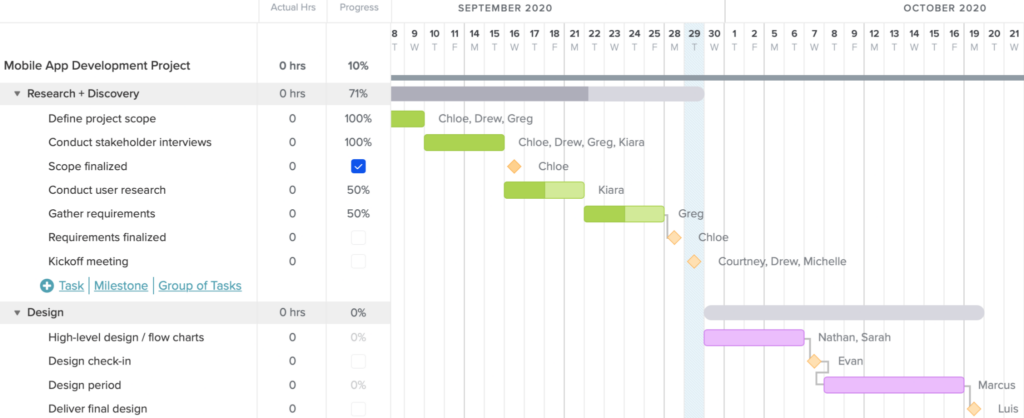
As everyone knows, it is very important to deliver the projects and the tasks set within the deadlines but at the same time, the quality of work should not be compromised, and it can be possible only if there is proper planning of work, setting of realistic timelines, identification of risks, and contingencies. One of the critical skills necessary to complete the undertaking early and at a reasonable cost is the ability to handle the schedule. Product engineering challenges often include managing deadlines effectively.
Failure to deliver as scheduled results in increased costs of doing business, lower productivity, and unhappy customers. It ends up affecting project time and cost line, hence impacting the business operations and its market image. Time is a reality, which should not be compromised for any project especially if it involves pleasing customers or dealing with competitors.
Ateamsoft Solutions has a strict plan for meeting project deadlines in order to manage the projects effectively. We first deconstruct each project into several components, determine the correct duration, and define tasks according to the timeline. Relating with clients is always helpful as it influences the expectations they have when it comes to delivery time plus any risks. Long years of service and organizational experience help in managing tasks effectively and delivering projects within deadlines. Navigating product engineering challenges related to managing deadlines is a strength of ours.
Devising the current and future scope to achieve optimal outcomes entails weighing the features in terms of clients’ requirements or market demands. The problem lies in synchronization with the long-term vision of the business, lest a company produce an unsteady line of products and lose valuable opportunities. Finding that middle ground between short-term gains and long-term strategies is key to attaining organizational objectives. Product engineering challenges include balancing these objectives effectively.
The board goes overboard on short-term gains, missing out on long-term development and coming up with short-term products that cannot sustain the business. On the other hand, high long-term conversion orientation causes short-term projects to be delayed and customer expectations to be unmet. It is crucial to understand that achieving both strategic and tactical goals at a company level and organizational level is critical to the success of the business and competing effectively in the market.
It is here that Ateamsoft Solutions performs well in terms of creating value in the short run while preparing for the long run. We have close relations with clients to get to know their aims and strategies since we aim to outline a map of operations with short-term and long-term strategic goals in mind. To enhance business outcomes in the short term and enable sustainable growth, WI implements transparent and cost-efficient IT solutions that are easily scalable. Addressing product engineering challenges related to balancing short and long-term objectives is crucial for sustainable success.
The key issue is convincing large, established organizations with conservative IT cultures and developmental models to adopt advanced software development techniques. Lack of adaptability and flexible thinking result in lower performance, rising expenses, and customers’ needs remain unfulfilled. To successfully address challenges of change resistance and to promote innovation as the key approach towards improving product development processes, the following measures need to be adopted. Product engineering challenges often include shifting outdated IT mindsets to embrace modern methodologies.
The failure to adapt to change prevents innovation and growth in performance. It causes higher maintenance costs and provides poor control over supply satisfaction of consumers’ needs which in turn affects the business continuity. It is important to note that nowadays to be competitive, companies need to adopt a modern approach to working with IT.
Ateamsoft Solutions works on the issue of obsolescence of some IT attitudes by defining options for change and promoting positive changes. Subordinate engineers facilitate the shift to current technologies, tools, and approaches for developing enhanced and competitive products. We also spend on skills development to facilitate migration to the new stacks with ease. Addressing product engineering challenges related to outdated IT mindsets is part of our strategic approach.
Innovating quickly when creating new products without losing quality demands, getting rid of the bottlenecks that slow down development, implementing agile frameworks, and applying new approaches and technologies, commonly utilized in the software industry. The management must pay particular attention to maintaining a shorter time-to-market because survival and customer satisfaction depend on it. Product engineering challenges include ensuring a swift time-to-market without compromising on quality.
LTM delays new product releases and hampers market share gains since faster competitors bring improved products to the market. It influences business performance in terms of growth and profitability, and hence performance in the market. The ability to bring a product or a service to market as soon as possible is a key factor that may dictate the level of competition and business success.
Ateamsoft Solutions contributes to a lower time-to-market by employing the agile development approach, entailing communication, adaptability, and short VR&D cycles. This means that our team brings expertise, shortens the time needed to market, reduces the possibility of failure, and adapts the product to the market. Employing pre-fabricated components, libraries, and CI/CD pipelines for the software build, testing, and deployment processes also helps to minimize the time taken for updates and bring down the time-to-market. Overcoming product engineering challenges related to time-to-market is one of our priorities.
Achieving balanced attractiveness and satisfaction with product features and pricing involves market research, identification of customers’ desires, ranking of the features, and assessing competition. Product engineering challenges often require balancing the need to deliver as much value as possible to the customer while remaining competitive in the market. Unbalanced features and prices result in expensive products or those with reduced features to offer to customers, leading to dissatisfaction and poor market positioning. Product engineering challenges in this context affect inventory and revenue, influencing business prospects for sustainability. Achieving this balance is crucial to meeting customer needs and gaining a competitive market position.
Ateamsoft Solutions is highly consultative when weighing features against their associated pricing. Financial: We investigate and profile the market to determine the most suitable price that will enable maximum profits while satisfying the customer. Our approach to product engineering challenges ensures clear and definitive prices for our services, helping clients understand what they are paying for and enabling us to balance our revenue with our competitiveness.

Finding potential customers, analyzing their wants, and creating a product that fits into the market involves extensive market and competitor research. Product engineering challenges in this area are fundamental to the development and survival of businesses. Failure in market attractiveness assessment results in poor product construction, reduced market sales, and profitability. Product engineering challenges in understanding market viability influence business development and viability, determining long-term market trends. Extensive market analysis plays a crucial role in achieving market goals and addressing product engineering challenges.
Market viability issues are solved through market analysis, product development, and testing among targeted consumers by Ateamsoft Solutions. Our engineers develop MVPs according to market research and review cycles of feedback. This approach to product engineering challenges helps in avoiding or minimizing risks, maximizing profitability, and achieving product-market synergy for successful development.
Nailing Product Pricing19. Nailing Product Pricing
A proper pricing strategy for products entails customer focus, competitor analysis, cost consideration, and testing for appropriate consumer pricing points. Product engineering challenges in pricing directly impact the competitiveness of prices in the market and the company’s gross and net margins. Mispriced products deter buyers, lower profit margins, and expose firms to disadvantageous market positions. Product engineering challenges in pricing influence customer attitudes and the company’s strategic position, determining long-term performance. Pricing strategy is a major component of marketing and addresses significant product engineering challenges.
Ateamsoft Solutions assists clients in setting appropriate product promotional prices by investigating customer behavior, assessing pricing factors, and advising on beneficial pricing methods. Our expert business analysts address product engineering challenges by offering strategic decisions on the best pricing models to enable high revenues and competitive rates.
Collecting information and knowledge about customers to solve problems and create a perfect product involves addressing product engineering challenges. Understanding clients’ needs is critical for market position and customer satisfaction. Failure to understand customer pain points results in poor solutions, decreased sales, and unhappy customers. Product engineering challenges in this area distort market efficiency and sustainable business outcomes. Research and analysis are critical for product development that meets target market needs and maximizes sales.
Ateamsoft Solutions engages in detailed study of users, surveys, and interviews to obtain customer feedback, addressing product engineering challenges. Our rigorous market research and analysis help in product design, positioning, understanding customer behavior, and improving customer satisfaction by solving product engineering challenges.
Conclusion
It is a proven fact that product engineering challenges can be complex but not impossible to overcome. To harness the benefits of product engineering, businesses must focus on proper design, integration, tool use, cross-functional collaboration, and advanced technologies. Ateamsoft Solutions provides valuable insights into product engineering challenges, helping clients deliver tangible products. Our highly skilled engineers assist in tackling and solving all product engineering challenges for business benefits. To improve your product engineering and achieve business success, contact Ateamsoft Solutions now. Let us help you create superior products, optimize development, and achieve your business objectives. Do not fall victim to product engineering challenges—start with Ateamsoft Solutions’ leading platform today.